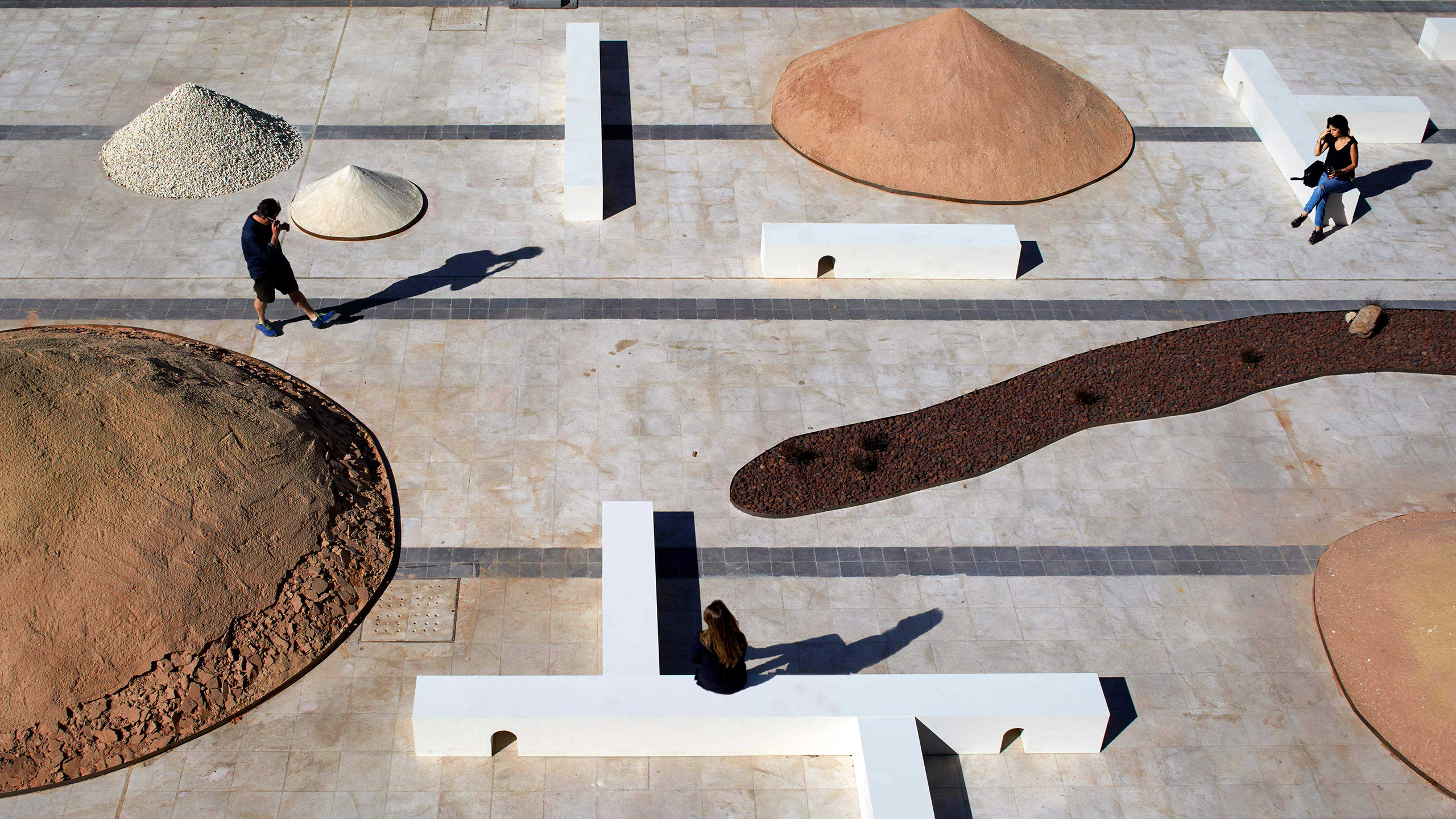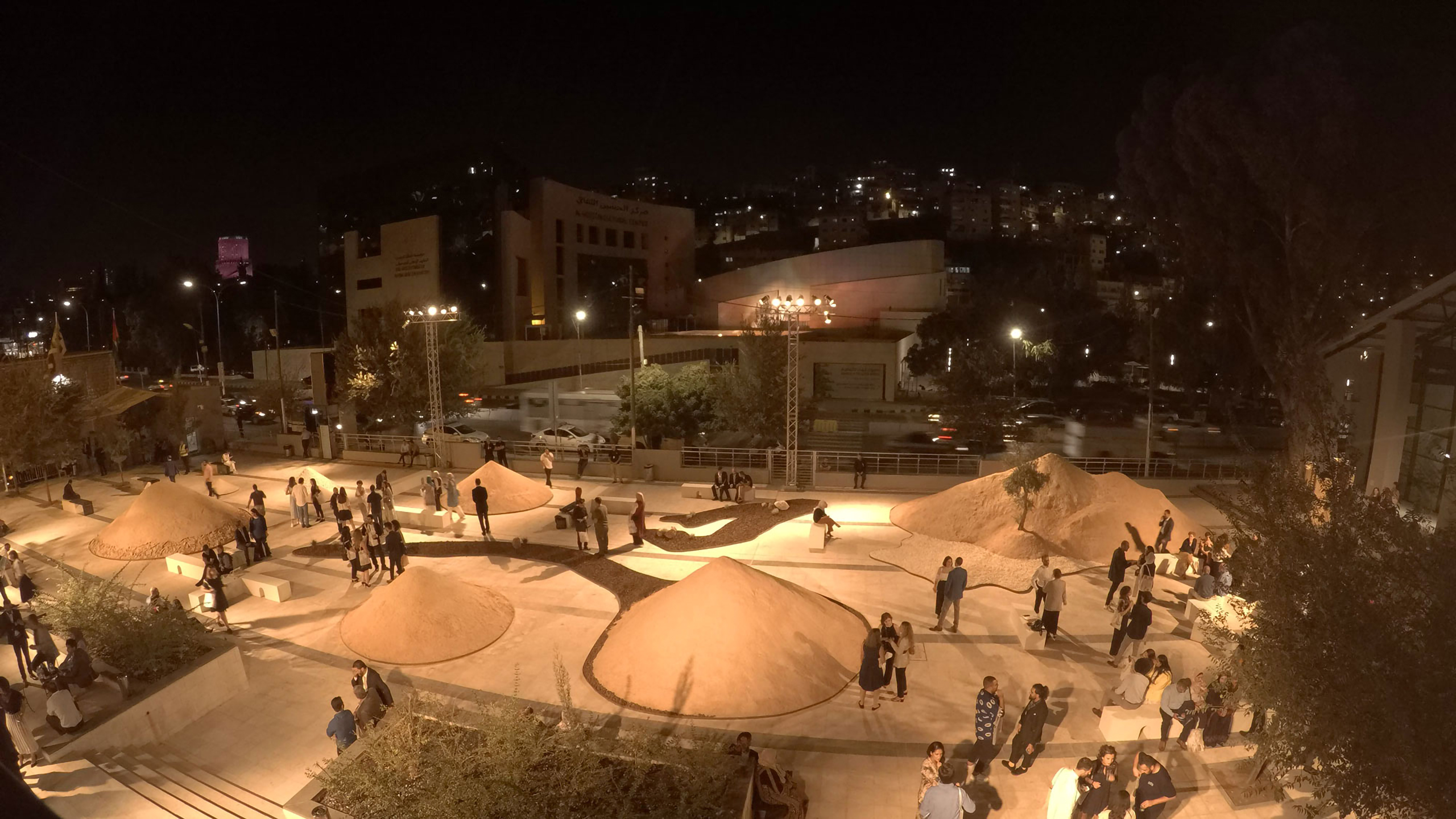The Arabic-speaking countries of the eastern Mediterranean refer to a garden as jnaina or ‘little paradise’. This diminutive form of jana in Semitic languages is used interchangeably for both garden and for heaven. The jnaina, a delicate curation of plants in an ordered composition, is a fulfillment of heaven in miniature. It is an ordered personal realm, a small piece of a larger ecological aspiration to see a world as a continuous field of organized life.






This vision of heaven on earth is appropriate in an arid context, as it makes heaven a place without scarcity or precarity. With the advent of the modern state many of these aspirations aligned with a colonial vision for a verdant Middle East. Much of the Arabian landscape in the Levant and the Gulf is an inherited fantasy: the well mowed lawn, the verdant setback – notions of care and fecundity that are only made possible by the availability of desalinated and treated water. In Jordan the questions of landscape and developmental aspiration are interlinked, they both ask how paradise can be re-imagined in one of the world’s most water scarce countries. It is in this context that for Amman Design Week, Civil Architecture and studiolibani present a prototype for a waterless public garden: a provocation set against both the Arab ideal of the garden as heaven and against colonial notions of modern landscape. The installation, titled: ‘Minor Paradises’, asks how the public garden can be used as a way to rethink scarcity and ultimately, paradise.
DESIGN:
CIVIL ARCHITECTURE - HAMED BUKHAMSEEN & ALI ISMAIL KARIMI + STUDIOLIBANI
PROJECT TEAM:
FATIMA NICKAHDAR , HANAN ASHHAD, ANAS ALMIKHI
PHOTOGRAPHY:
EDMUND SUMNER
LOCATION:
AMMAN DESIGN WEEK | AMMAN, JORDAN
YEAR:
2019